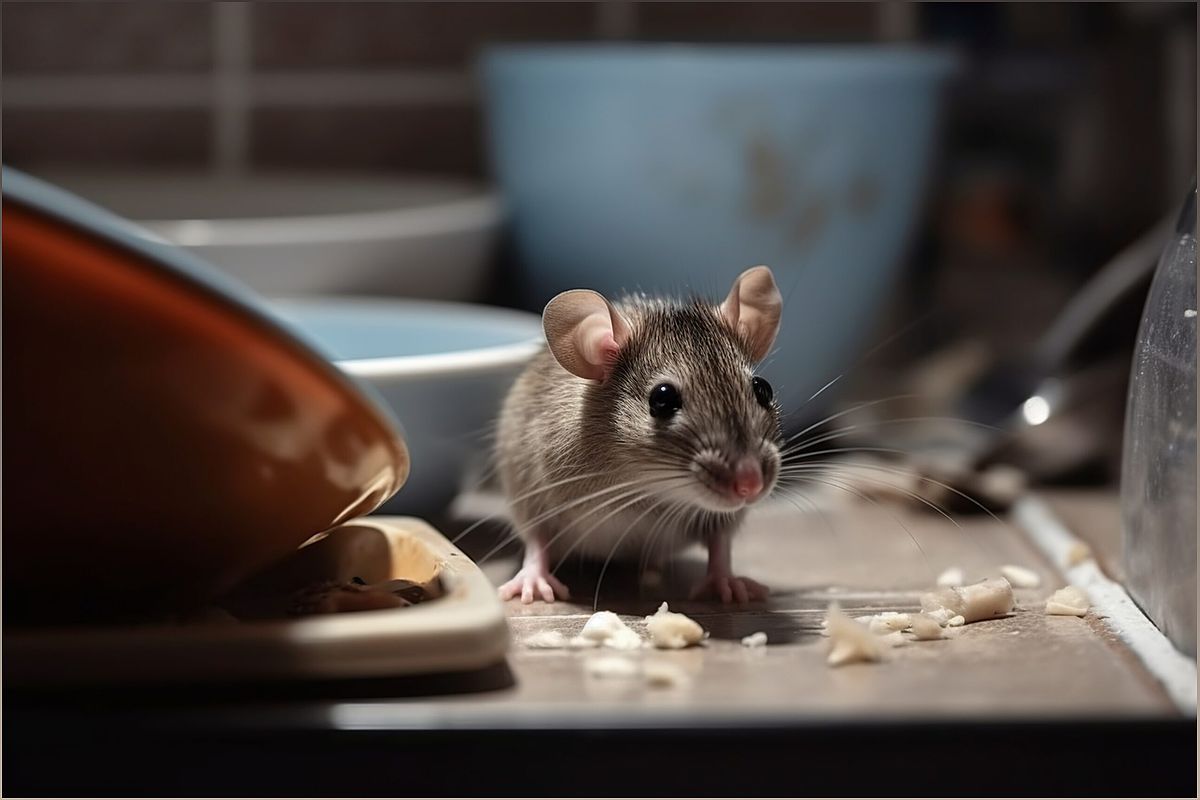In a recent study published in Neuron, researchers have found that mice can exhibit self-recognition under specific conditions. By marking the mice with white ink, they observed the mice spending more time grooming their heads in front of a mirror, attempting to remove the ink spot. However, it is important to note that this behavior does not necessarily indicate self-awareness. The study highlights the need for external sensory cues and the limitations of the mirror test. While chimpanzees and humans can pass the test without additional stimuli, other species may rely on different senses. The researchers also identified specific neurons in the hippocampus associated with developing and storing a visual self-image. This breakthrough offers valuable insights into self-recognition and potential applications in assessing brain damage. However, it is crucial to interpret the mirror test results cautiously and consider the specific conditions involved. Self-awareness remains a complex phenomenon that requires further exploration.
The Mirror Test and Self-Recognition
The mirror test is a well-known method used to assess self-recognition in animals. In a recent study published in Neuron, researchers conducted the mirror test on mice and observed interesting behavior.
The researchers marked the foreheads of black-furred mice with white ink and placed them in front of a mirror. The mice spent more time grooming their heads, seemingly trying to wash away the ink spot. However, it is important to note that this behavior does not necessarily indicate self-awareness.
The study suggests that mice can detect changes in their appearance, but they require significant external sensory cues to pass the mirror test. Unlike chimpanzees and humans, who can recognize themselves without additional stimuli, mice rely on tactile and visual cues.
While the mirror test provides valuable insights into self-recognition, it is crucial to consider the specific conditions and limitations of the test when interpreting the results.
Limitations of the Mirror Test
The mirror test has its limitations when it comes to assessing self-awareness in different species. The study on mice revealed that they only exhibited self-recognition-like behavior under certain conditions.
The mice needed to be accustomed to mirrors and have socialized with other mice who looked like them. Additionally, the size of the ink spot played a role in triggering the self-recognition-like behavior.
It is important to note that passing the mirror test does not necessarily indicate self-awareness. Many other life forms can learn to identify an image, possibly of themselves, for a reward or advantage.
For example, fish and ants have also passed the mirror test, but it is unclear whether they possess self-awareness. Therefore, caution must be exercised when drawing conclusions about self-awareness solely based on the mirror test.
Neural Mechanisms of Self-Recognition
The researchers in the Neuron study identified a subset of neurons in the hippocampus that are involved in developing and storing a visual self-image.
This discovery provides a first glimpse into the neural mechanisms underlying self-recognition. Understanding these mechanisms could have significant implications for assessing outcomes of brain damage in the future.
By studying how these neurons function and interact, researchers may be able to gain further insights into self-awareness and its connection to brain health.
Interpreting the Mirror Test Results
While the mirror test can provide valuable insights into self-recognition, it is important to consider its limitations and the specific conditions involved.
The ability to recognize oneself in a mirror does not necessarily equate to full self-awareness. Different species may rely on different senses and cues to pass the test.
For example, dogs do not typically pass the mirror test, suggesting that their recognition of self or others may rely more on smell than sight.
Therefore, it is crucial to approach the interpretation of mirror test results with caution and consider the broader context of self-awareness in different species.

